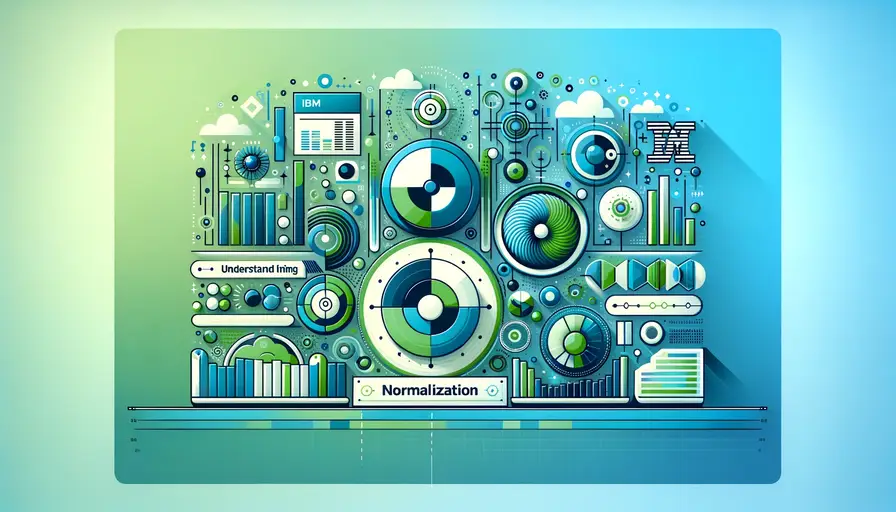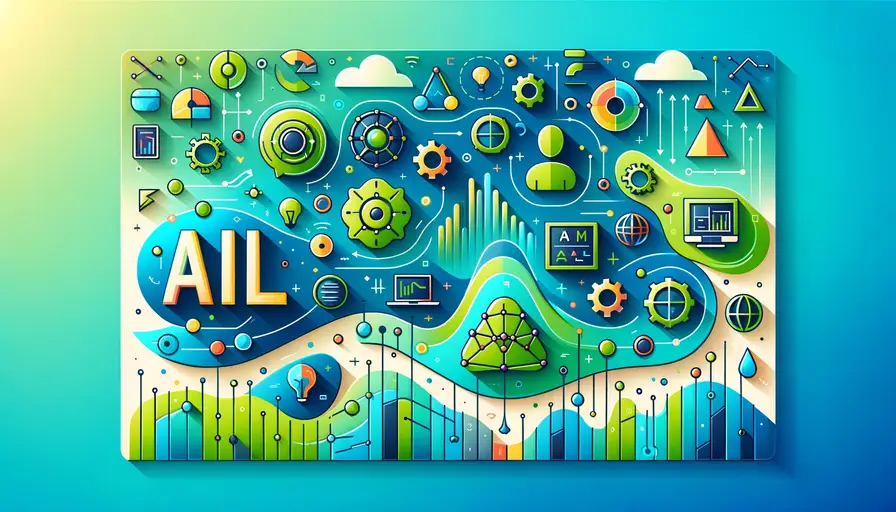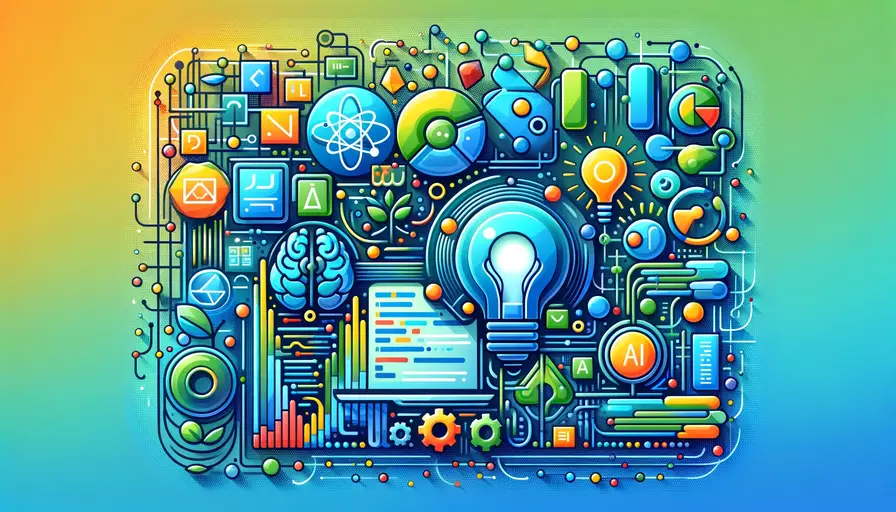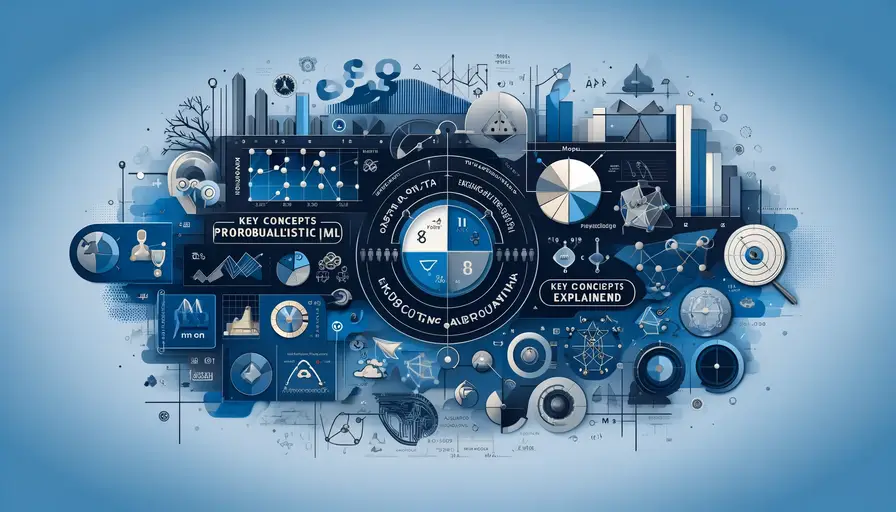
Is Deep Learning part of AI or ML?

- Deep Learning: A Subset of AI and ML
- Deep Learning: A Branch of AI and ML
- Deep Learning: A Technique in AI and ML
- Deep Learning: A Component of AI and ML
- Deep Learning: Integrated into AI and ML Systems
- Deep Learning: A Fundamental Aspect of AI and ML
- Deep Learning: Key Element in AI and ML Applications
- Deep Learning: Crucial Part of AI and ML Algorithms
- Deep Learning: Essential Component of AI and ML Frameworks
- Deep Learning: Vital Tool in AI and ML Research
Deep Learning: A Subset of AI and ML
Deep Learning is a subset of both Artificial Intelligence (AI) and Machine Learning (ML). This relationship is foundational to understanding the scope and applications of deep learning.
Artificial Intelligence (AI)
Artificial Intelligence encompasses a broad range of techniques aimed at creating machines capable of performing tasks that typically require human intelligence. AI includes areas like natural language processing, robotics, and vision systems. AI is the overarching field that aims to mimic human cognitive functions.
Machine Learning (ML)
Machine Learning is a subset of AI focused on developing algorithms that allow machines to learn from data and improve their performance over time. ML includes supervised learning, unsupervised learning, and reinforcement learning, enabling systems to recognize patterns and make decisions with minimal human intervention.
Deep Learning
Deep Learning is a specialized subset of ML that uses neural networks with many layers (hence "deep") to model complex patterns in large datasets. It excels in tasks such as image and speech recognition, where traditional ML algorithms may struggle to achieve high performance.
 The Formula for Calculating Y Hat in Machine Learning Explained
The Formula for Calculating Y Hat in Machine Learning ExplainedDeep Learning: A Branch of AI and ML
Deep Learning can also be viewed as a branch within the fields of AI and ML, highlighting its specialized nature and advanced capabilities.
The Relationship Between AI, ML, and Deep Learning
The relationship between AI, ML, and deep learning is hierarchical. AI is the broadest category, encompassing any technique that enables machines to emulate human intelligence. ML is a subset of AI focused on algorithms that learn from data. Deep learning is a further specialization within ML that uses deep neural networks to achieve superior performance in complex tasks.
Key Differences Between Deep Learning, AI, and ML
While AI includes all aspects of machine intelligence, ML specifically refers to the development of algorithms that improve with data. Deep learning, in turn, involves using multilayered neural networks to handle large and complex datasets, providing more sophisticated solutions than traditional ML methods.
Deep Learning: A Technique in AI and ML
Deep Learning is a technique utilized within both AI and ML, emphasizing its role in enhancing the capabilities of these broader fields.
 Beginner's Guide to Machine Learning in R
Beginner's Guide to Machine Learning in RDeep Learning in Artificial Intelligence
In AI, deep learning contributes to advanced functionalities such as natural language processing, autonomous vehicles, and advanced robotics. These applications benefit from deep learning's ability to process and learn from vast amounts of data, providing more accurate and reliable outcomes.
Deep Learning in Machine Learning
Within ML, deep learning offers powerful tools for handling high-dimensional data and complex patterns. Techniques like convolutional neural networks (CNNs) and recurrent neural networks (RNNs) are instrumental in achieving state-of-the-art results in various domains, including computer vision and time series analysis.
Deep Learning: A Component of AI and ML
Deep Learning serves as a crucial component within the frameworks of AI and ML, integrating advanced computational methods to solve complex problems.
Deep Learning's Role in AI
Deep learning enhances AI systems by providing the means to process unstructured data, such as images, videos, and text, with high accuracy. It supports applications ranging from virtual assistants to predictive analytics, making AI systems more intelligent and capable.
 What is the Meaning of GPT in Machine Learning?
What is the Meaning of GPT in Machine Learning?Deep Learning's Connection to ML
In ML, deep learning extends the capabilities of traditional algorithms by enabling the modeling of complex data relationships through deep neural networks. This connection allows for improved performance in tasks that involve intricate patterns and large datasets.
Example of Deep Learning in ML
Here's an example of using Python and TensorFlow to build a deep learning model:
import tensorflow as tf
from tensorflow.keras import layers, models
# Sample deep learning model for image classification
model = models.Sequential([
layers.Conv2D(32, (3, 3), activation='relu', input_shape=(28, 28, 1)),
layers.MaxPooling2D((2, 2)),
layers.Conv2D(64, (3, 3), activation='relu'),
layers.MaxPooling2D((2, 2)),
layers.Flatten(),
layers.Dense(64, activation='relu'),
layers.Dense(10, activation='softmax')
])
model.compile(optimizer='adam', loss='sparse_categorical_crossentropy', metrics=['accuracy'])
# Model training and evaluation code would followDeep Learning: Integrated into AI and ML Systems
Deep Learning is deeply integrated into AI and ML systems, enhancing their capabilities and enabling more sophisticated applications.
Deep Learning's Integration in AI Systems
AI systems incorporate deep learning to handle tasks that require high levels of accuracy and computational power. For example, self-driving cars use deep learning for object detection and path planning, integrating these capabilities into the broader AI system that controls the vehicle.
 The Role of Generative AI in Machine Learning: An Integral Component
The Role of Generative AI in Machine Learning: An Integral ComponentEnhancing ML Systems with Deep Learning
In ML systems, deep learning techniques are used to improve predictive models and handle complex datasets. This integration allows ML systems to achieve higher performance in tasks such as speech recognition, where traditional methods may fall short.
Deep Learning: A Fundamental Aspect of AI and ML
Deep Learning is a fundamental aspect of both AI and ML, providing the foundation for many advanced applications and research areas.
The Relationship Between Deep Learning, AI, and ML
Understanding the relationship between deep learning, AI, and ML is crucial for grasping how these fields interact. Deep learning techniques are used to develop AI systems that can perform human-like tasks, while also advancing the capabilities of ML models.
Significance in AI and ML Frameworks
The significance of deep learning in AI and ML frameworks lies in its ability to model complex relationships and learn from vast amounts of data. This capability is essential for developing intelligent systems that can adapt and improve over time.
 BERT Machine Learning Model Reshaping NLP
BERT Machine Learning Model Reshaping NLPDeep Learning: Key Element in AI and ML Applications
Deep Learning plays a key role in many AI and ML applications, driving innovation and enabling new possibilities.
Deep Learning in Artificial Intelligence
In AI, deep learning powers applications like language translation, image recognition, and autonomous systems. These applications rely on deep learning's ability to process unstructured data and learn intricate patterns, making AI systems more effective and versatile.
Deep Learning in Machine Learning
Within ML, deep learning enhances traditional models by providing tools to handle complex and high-dimensional data. This capability is crucial for tasks such as natural language processing and time series forecasting, where deep learning models often outperform traditional methods.
Example of Deep Learning Application
Here's an example of a deep learning application for text classification using Python and Keras:
 Can I Learn Machine Learning With R Programming?
Can I Learn Machine Learning With R Programming?from tensorflow.keras.models import Sequential
from tensorflow.keras.layers import Embedding, LSTM, Dense
# Sample model for text classification
model = Sequential([
Embedding(input_dim=10000, output_dim=128, input_length=100),
LSTM(128),
Dense(1, activation='sigmoid')
])
model.compile(optimizer='adam', loss='binary_crossentropy', metrics=['accuracy'])
# Model training and evaluation code would followDeep Learning: Crucial Part of AI and ML Algorithms
Deep Learning is a crucial part of AI and ML algorithms, offering significant advantages in performance and scalability.
Deep Learning and Artificial Intelligence
In AI, deep learning algorithms are used to create systems that can perceive, reason, and act intelligently. These algorithms are integral to developing advanced AI applications that can understand and respond to complex environments.
Deep Learning and Machine Learning
In ML, deep learning algorithms enhance the ability to learn from data by using neural networks with multiple layers. This structure allows for better feature extraction and pattern recognition, leading to improved performance in various tasks.
Benefits of Deep Learning
The benefits of deep learning include its ability to handle large and complex datasets, achieve high accuracy, and improve over time through learning. These benefits make it a powerful tool in both AI and ML.
Deep Learning: Essential Component of AI and ML Frameworks
Deep Learning is an essential component of AI and ML frameworks, underpinning many of the advanced capabilities of these systems.
The Relationship Between Deep Learning, AI, and ML
The relationship between deep learning, AI, and ML is foundational to understanding their interplay. Deep learning techniques enable the development of AI systems that can learn and adapt, while also advancing the capabilities of ML models.
The Significance of Deep Learning
The significance of deep learning lies in its ability to model complex relationships and learn from vast amounts of data. This capability is essential for developing intelligent systems that can adapt and improve over time.
Deep Learning: Vital Tool in AI and ML Research
Deep Learning is a vital tool in AI and ML research, driving advancements and enabling new discoveries.
Deep Learning in AI
In AI research, deep learning is used to explore new frontiers in natural language processing, computer vision, and autonomous systems. These research efforts aim to create more intelligent and capable AI systems.
Deep Learning in ML
In ML research, deep learning techniques are developed and refined to improve their performance and scalability. This research focuses on creating models that can handle increasingly complex tasks and datasets.
Example of Deep Learning Research
Here's an example of a research-oriented deep learning model using Python and PyTorch:
import torch
import torch.nn as nn
# Sample research model
class ResearchModel(nn.Module):
def __init__(self):
super(ResearchModel, self).__init__()
self.conv1 = nn.Conv2d(1, 32, kernel_size=3)
self.pool = nn.MaxPool2d(kernel_size=2, stride=2)
self.fc1 = nn.Linear(32 * 13 * 13, 128)
self.fc2 = nn.Linear(128, 10)
def forward(self, x):
x = self.pool(F.relu(self.conv1(x)))
x = x.view(-1, 32 * 13 * 13)
x = F.relu(self.fc1(x))
x = self.fc2(x)
return x
# Initialize model
model = ResearchModel()
# Model training and evaluation code would followDeep learning is a fundamental aspect of both AI and ML, providing the advanced capabilities needed for modern intelligent systems. By understanding the relationship between these fields and leveraging the power of deep learning, researchers and practitioners can develop more sophisticated and effective AI and ML applications.
If you want to read more articles similar to Is Deep Learning part of AI or ML?, you can visit the Artificial Intelligence category.






You Must Read